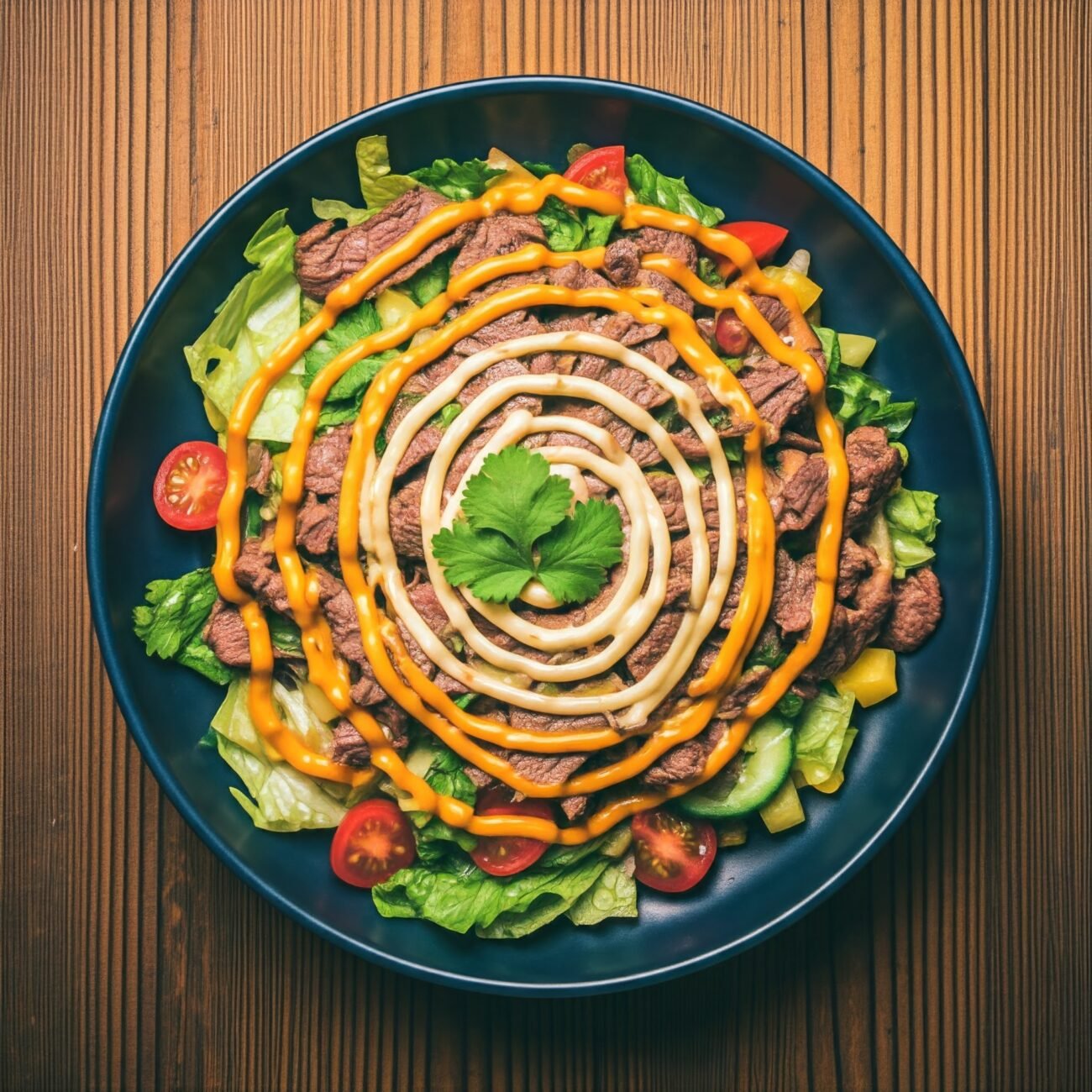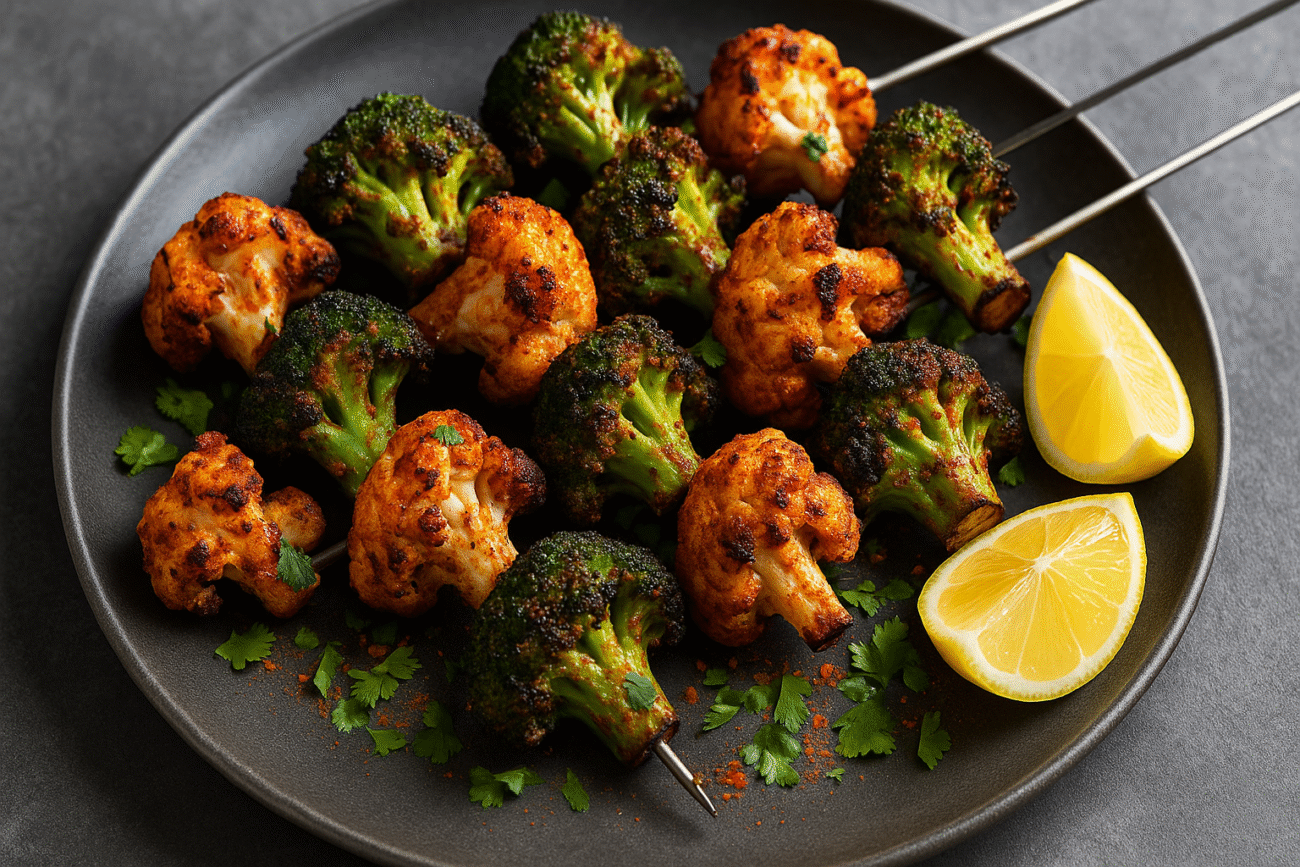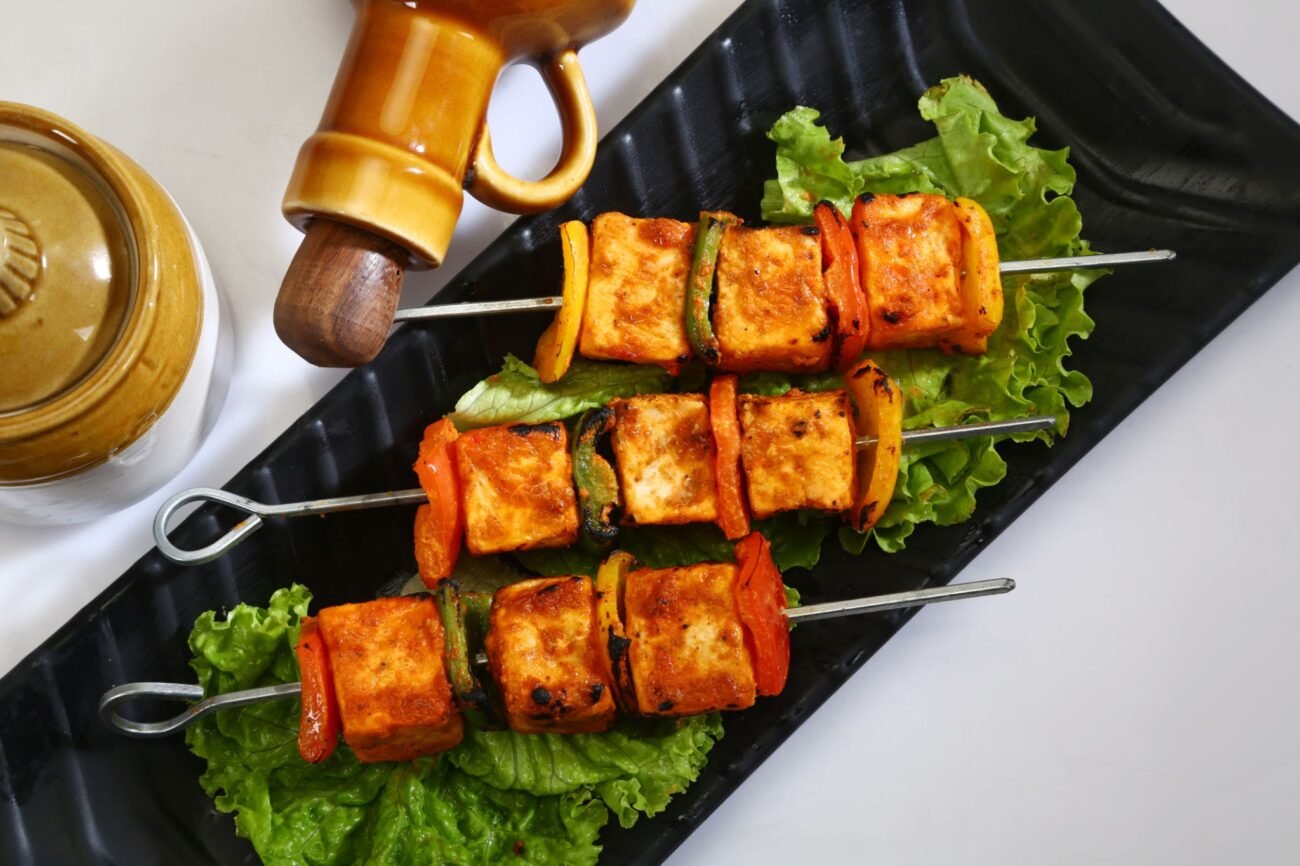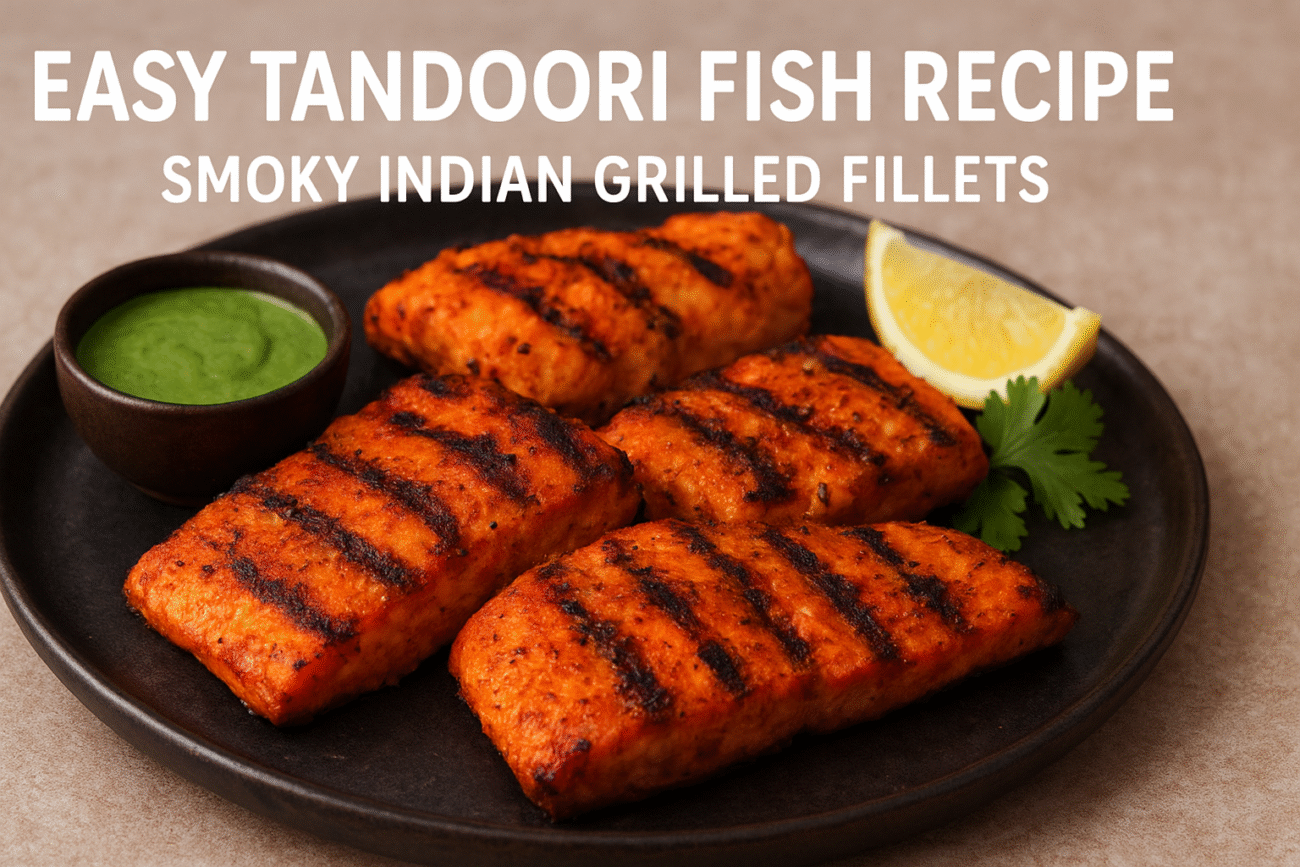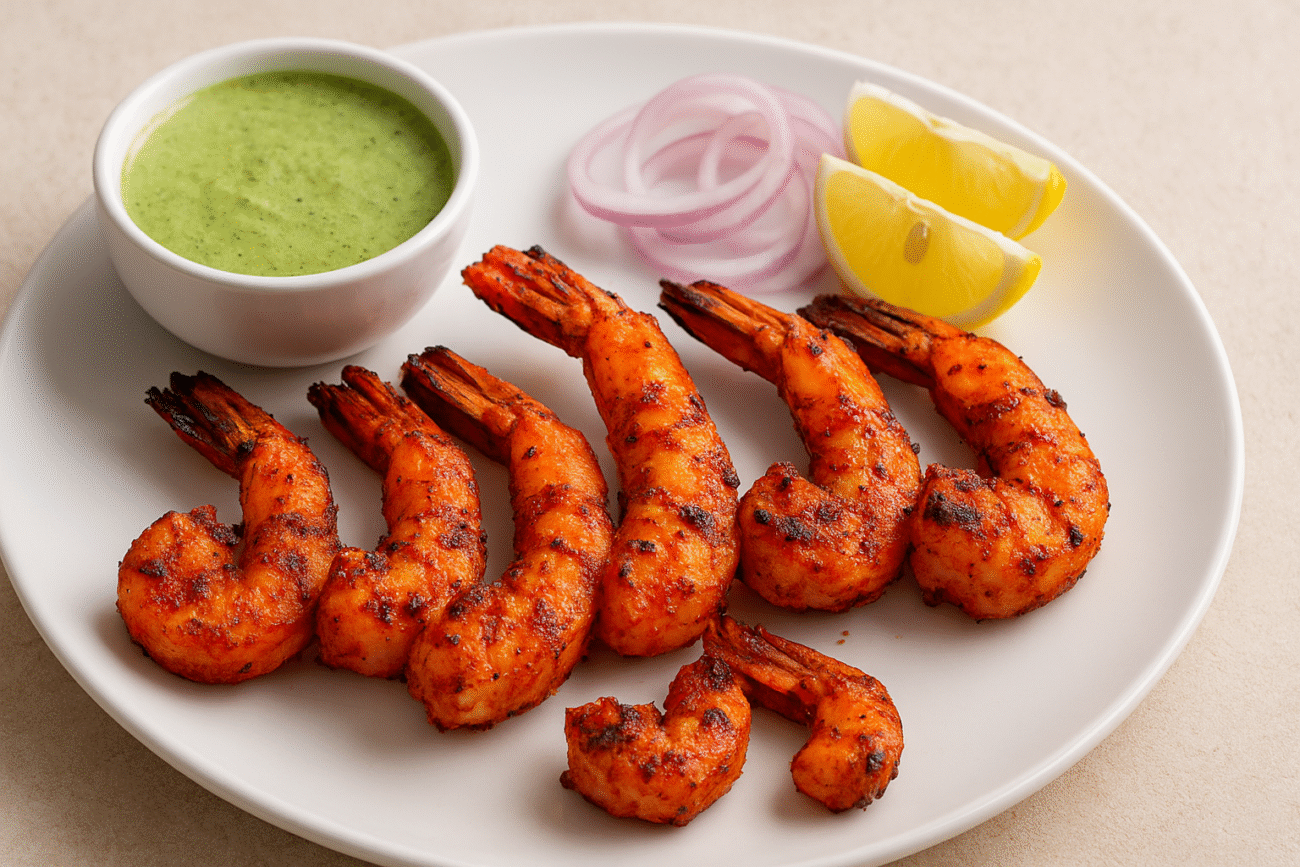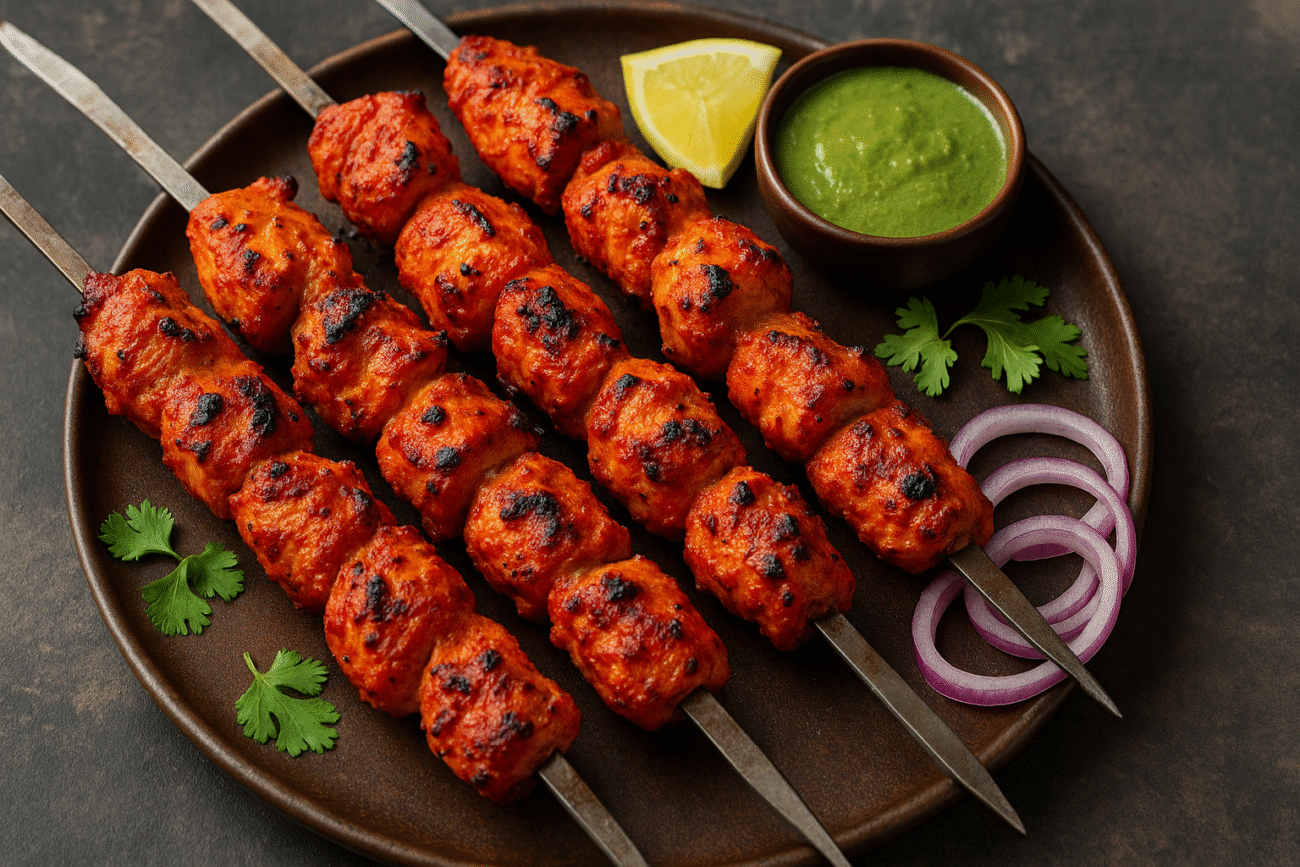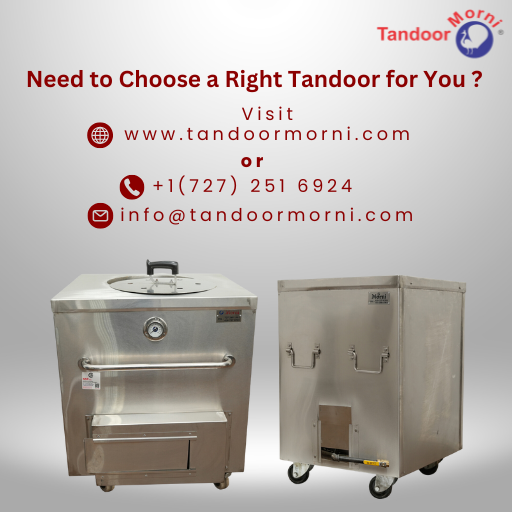
How to Pick the Perfect Tandoor for Cooking at Home
Adding a tandoor oven to your kitchen is a great way to enjoy the flavors of South Asian cooking. With a tandoor oven, you can make tasty Indian dishes that taste just like what you get at a restaurant. These ovens give food a smoky flavor that’s hard to match with other cooking methods. But choosing the right one needs some thought.
You should think about what you need, how much space you have, and your budget before you buy. Here’s a simple guide to help you choose the best tandoor oven for your home.
Why Get a Tandoor Oven?
A tandoor oven adds something special to your cooking. You can use it to make many dishes, like smoky grilled meats and crispy naan. Plus, it cooks food fast at high heat. Having a tandoor oven at home means you can enjoy tandoor meals whenever you want. You don’t need to go out to eat.
Cooking with a tandoor oven is also fun. The whole process of making food in it is exciting. It’s a good way to share different cooking experiences with family and friends.
But before you buy one, think about a few things. Let’s look at these in detail.
1. Size: Picking the Right Size for You
The size of the tandoor oven you choose matters a lot. Think about where you want to put it and how much space you have. If you have a big backyard or a spacious kitchen, a larger oven might be a good idea. Bigger ovens give you more cooking space. They’re great for dinner parties or cooking for big families. You can cook more food at once, like multiple skewers or several naans.
But, if you don’t have much space, a smaller tandoor oven might be better. Portable or compact models are good for cooking for a small family of 3-4 people. They fit well in smaller spaces, like a balcony or a corner of the kitchen.
Tips for Choosing the Size:
-
- Cook for large groups? Go for a bigger oven.
-
- Cooking for a small family? Choose a smaller, portable one.
-
- Measure your space to make sure the oven will fit.
2. Fuel: Choosing the Right Tandoor for Your Cooking
Tandoor ovens use different types of fuel. The kind of fuel you pick will affect how the food tastes and how easy it is to cook. Let’s break down each type.
Charcoal-Fueled Tandoor Ovens
Charcoal gives the food a rich, smoky flavor. It’s the traditional way to cook in a tandoor oven. As the food cooks, the juices drip onto the hot charcoal. This makes the smoky taste even stronger. Many people prefer charcoal for the real tandoor experience.
But using charcoal takes more work. You have to light the charcoal and wait for it to get hot. It also makes a bit of a mess because you need to clean out the ashes.
Pros:
-
- Gives a smoky, rich flavor.
-
- Perfect for classic tandoori dishes.
Cons:
-
- Takes time to heat up.
-
- Can be messy and needs cleaning.
Propane-Fueled Tandoor Ovens
Propane ovens are good for beginners. They heat up quickly and are easy to control. If you are new to using a tandoor oven, propane is a good start. It’s also a great choice if you like to cook outside.
But propane doesn’t give the same smoky flavor as charcoal. The food still tastes good, but not as smoky.
Pros:
-
- Heats up fast and easily.
-
- Good temperature control.
-
- Great for outdoor cooking.
Cons:
-
- Lacks the deep smoky taste of charcoal.
Natural Gas Tandoor Ovens
Natural gas is another option. It’s an affordable fuel choice. Natural gas ovens work well if you already have a gas line at home. They offer steady heat and are easy to manage.
However, just like propane, natural gas doesn’t give a strong smoky flavor. The food may still be tasty, but it won’t have that classic taste.
Pros:
-
- Cost-effective.
-
- Provides even heat.
-
- Convenient if you have a gas line.
Cons:
-
- Doesn’t give a smoky flavor.
Electric Tandoor Ovens
Electric ovens are very easy to use. You can just plug them in and start cooking. They are good for indoor use, especially if you don’t have outdoor space.
But electric tandoor ovens may not get as hot as charcoal or gas ovens. The food will still be good, but not quite the same.
Pros:
-
- Easy for indoor use.
-
- Heats up fast.
Cons:
-
- Doesn’t reach high temperatures like other ovens.
-
- Lacks a smoky taste.
Tips for Choosing Fuel:
-
- Want a smoky flavor? Pick charcoal.
-
- Need easier temperature control? Try propane or gas.
-
- Cooking indoors? Use an electric oven.
3. Materials: Choosing the Right Build
The material of a tandoori oven matters for its performance and how long it lasts. There are a few common materials to choose from: clay, stainless steel, or both.
Clay Tandoor Ovens
Clay is the traditional material for tandoor ovens. It gives a unique cooking experience. The clay holds moisture and keeps the food tender. It’s great for making naan and other breads.
But clay ovens need more care. The clay can crack if you’re not careful. You might need to fix or replace the clay from time to time.
Pros:
-
- Authentic cooking experience.
-
- Perfect for making bread.
Cons:
-
- Needs more care.
-
- Can crack over time.
Stainless Steel Tandoor Ovens
Stainless steel ovens are more modern. They are durable and easy to clean. Many have a clay interior for better heat. The steel on the outside adds strength.
These ovens are versatile and can be used both indoors and outdoors.
Pros:
-
- Strong and easy to maintain.
-
- Works indoors and outdoors.
-
- Has a clay interior for better cooking.
Cons:
-
- Doesn’t have the same traditional feel as all-clay ovens.
Tips for Choosing Materials:
-
- Want a traditional touch? Pick a clay oven.
-
- Looking for easy maintenance? Choose stainless steel.
-
- Go for a mix of both for a balance.
4. Certifications: Make Sure It’s Safe
Make sure the tandoor oven has proper safety certifications. Look for models that are NSF/CSA certified. This means the oven has been tested for safety in the USA and Canada. It ensures that the oven meets all the safety rules.
Having a certified oven gives you peace of mind.
5. Brand Reputation: Buy from a Trusted Brand
Before buying a tandoori oven, do some research on the brand. Check customer reviews and feedback. Make sure the brand is known for quality and good service. A trusted brand will also offer warranties and help you with any problems.
Brands like Tandoor Morni are known for quality. They offer NSF/CSA certified ovens that are built to last.
Tips for Checking Brands:
-
- Read customer reviews.
-
- Choose a brand with a good reputation.
-
- Make sure the oven has safety certification.
6. Temperature Control: Cook Perfectly Every Time
You need to control the temperature to cook well with a tandoor oven. Charcoal ovens can be tricky because the heat can change quickly. You’ll have to adjust the charcoal often.
Propane, natural gas, and electric ovens make it easier to control the temperature. Some ovens come with built-in temperature gauges to help you keep an eye on the heat.
Tips for Temperature Control:
-
- Use a temperature gauge.
-
- For easier control, pick propane, gas, or electric ovens.
-
- Learn how to adjust the heat if using charcoal.
7. Portability: Cook Wherever You Want
If you want to take your tandoor oven with you, look for a portable one. Portable ovens are lightweight and easy to move. They’re great for outdoor events, camping, or parties.
Some portable models even have wheels.
Pros of Portable Ovens:
-
- Easy to move.
-
- Good for outdoor cooking.
-
- Comes in different sizes.
Cons of Portable Ovens:
-
- May not have as much cooking space.
-
- Might not get as hot as larger ovens.
8. Maintenance: Keep Your Tandoor Oven in Top Shape
You need to take care of your tandoor oven to keep it working well. Clay ovens need more attention. Make sure you clean out the ashes and keep them dry.
Stainless steel ovens are easier to care for. You just need to wipe them down. If using propane or gas, check the connections often.
Maintenance Tips:
-
- Clean the oven after each use.
-
- Look for cracks in clay ovens.
-
- Make sure gas connections are safe.
9. Cooking Style: Match the Oven to What You Want to Cook
Think about what you like to cook. Some ovens are better for grilling meats, while others are good for baking naan. If you want to do both, get an oven with more options.
For example, if you mostly grill meats, choose an oven with more skewer space. If you love baking bread, get one that heats up fast.
10. Cost: Find the Right Price for Your Budget
Tandoor ovens come at different prices. It depends on the size, materials, and features. Don’t just go for the cheapest option. A better-quality oven will last longer.
Look for deals or packages that include accessories. This can give you more value for your money.
Tips for Finding the Right Price:
-
- Set a budget before you start looking.
-
- Compare prices from different brands.
-
- Look for package deals that come with extra accessories.
11. Accessories: Get the Extras You Need
The right accessories will make using your tandoor oven easier. Useful items include skewers, gloves, and temperature gauges. Skewers help you cook evenly. Gloves protect your hands from the heat.
Look for ovens that come with accessories, or buy them separately to complete your setup.
12. Safety Features: Stay Safe While You Cook
Safety is important. Pick a tandoor oven that has safety features like insulated handles or covers. Make sure gas ovens have secure connections.
Safety Tips:
-
- Use gloves when handling the oven.
-
- Cover the oven when it’s not in use.
-
- Check gas connections regularly.
Conclusion: Enjoy Tandoor for Cooking at Home
A tandoor oven can change your cooking experience. It lets you make delicious tandoori dishes anytime. Whether you want charcoal, propane, gas, or electric, there’s an oven for you. Think about size, fuel type, materials, and other features to find the best tandoori oven for you. With the right choice, you can enjoy tasty tandoori flavors whenever you want.
Need Help? Order and Technical Support
Have questions or ready to place an order? Reach out to us via phone at +1(727) 251 6924 or email us at info@tandoormorni.com.
Need detailed instructions? Explore the Operation Manual for our CH & CS models to get started with your Tandoor oven today.
About Tandoor Morni
Tandoor Morni, in business since 1992, is a trusted name in premium Tandoori Clay Ovens, known for crafting high-quality traditional and commercial tandoors. With a commitment to excellence, Tandoor Morni offers a wide range of tandoors, including commercial, residential, catering, and copper models. Our tandoors are built with durable materials and designed for efficient heat distribution, ensuring authentic flavors and fast cooking. Each oven features customizable options like gas, wood fire, or charcoal compatibility, making them suitable for various cooking needs.
Common Queries – FAQ’S
Can I use a tandoor Indoors?
Yes, certain tandoor models are designed for residential use, including compact, home-friendly versions. However, using a tandoor indoors requires proper ventilation and adherence to safety precautions to manage high heat and potential smoke. Always consult the manufacturer’s guidelines to ensure safe indoor use. For best results, they are often used in well-ventilated spaces or outdoors.
Are Tandoor-Cooked Foods Healthy?
Yes, tandoor-cooked foods are often considered healthy because they typically require little to no oil. The high cooking temperatures allow the food to cook quickly, preserving nutrients while reducing the need for additional fats. Additionally, the vertical cooking method allows excess fats to drip away, resulting in leaner dishes.
What Types of Fuel Can Be Used in a Tandoor?
Tandoors can be heated using charcoal, wood, natural gas or propane. Charcoal and wood provide an authentic smoky flavor, while natural gas or propane is more convenient and easier to control. The choice of fuel often depends on the specific cooking requirements and local regulations, especially in commercial settings.
How Does a Tandoor Oven Differ from a Conventional Oven?
Unlike conventional ovens, which use electric or gas heat, a tandoor is made from clay and uses charcoal, wood, or gas to heat the walls. The cylindrical shape and porous clay walls create an environment where heat circulates evenly, cooking food quickly while adding a smoky flavor. Conventional ovens, in contrast, lack the intense heat and unique cooking technique of a tandoor.
How Much Maintenance Does a Gas Tandoor Require?
Gas Tandoor needs regular maintenance, though less than Charcoal Tandoor models. Here’s a breakdown:
- Daily Maintenance: Wipe down the inner chamber and clean the burner.
- Weekly Maintenance: Check the burner and gas line for any blockages or leaks.
- Monthly Maintenance: Deep clean the gas pipes, burners, and inner chamber.
- Quarterly Maintenance: Have a professional inspect the gas connections and burners.
- Annual Maintenance: Perform a full inspection and reapply clay lining if needed.
Avoid exposing the tandoor to excessive water, and gradually increase heat to prevent cracks.
How Can I Make a Payment for My Tandoor Order?
You can pay for your tandoor order through our website by placing an online order using the available payment options. If you prefer to place an order over the phone, we accept payment via Zelle for a quick and secure transaction.
Which Tandoor Oven Size Should I Choose?
- For Home Use: Consider the number of family members or guests you typically serve. A mini tandoor is ideal for smaller gatherings.( Suggested Product: R26 )
- For Restaurants: Measure the entrance to ensure the oven fits through the door. Select a size based on available space and cooking needs. (Suggested Product: CH02)
- For Naan Bread: Opt for an oven with a smaller mouth opening, resulting in a more egg-shaped clay pot, perfect for naan preparation. For larger meat portions, choose a bigger oven to maintain heat longer. (Suggested Product: CH04)
- For Catering: A Clay Tandoor Oven is suitable for catering due to its lightweight and easy transport features. (Suggested Product: CS01)
- For Banquet Halls: A larger oven with a spacious clay pot is ideal for preparing multiple dishes quickly during big events. (Suggested Product: CH06)
- For Open Kitchens or Outdoor Patios: Choose a model with a decorative finish, such as a copper tandoor, to enhance the kitchen’s appearance with a touch of elegance. (Visit Our Copper Tandoor).
What Should You Consider When Installing a Restaurant Clay Oven?
- When installing a tandoor in your restaurant kitchen, consider the following:
- Space and Placement: Ensure there is enough clearance around the tandoor for ventilation and safety, with fireproof or heat-resistant flooring.
- Ventilation and Exhaust: Proper ventilation is essential to handle heat and smoke, especially with charcoal tandoors.
- Safety Measures: Use heat-resistant barriers if the tandoor is near other equipment, and keep fire safety equipment like extinguishers handy.
- Fuel Supply: Decide between charcoal, which offers traditional flavors, and gas, which is easier to manage.
By keeping these points in mind, you can ensure a safe and efficient tandoor setup. If you're looking for a Restaurant Clay Oven for Sale, make sure to choose a model that fits your kitchen's requirements and meets all necessary safety standards.
- Menu Considerations: Larger tandoors or multiple units may be needed if you have a diverse menu or high demand during peak hours.
- Maintenance and Cleaning: Clean the tandoor daily and monitor for any wear or damage to the clay or gas parts.
- Compliance with Regulations: Ensure your installation meets local safety standards and health codes.
- Staff Training: Train staff in safe tandoor operation and fire safety protocols.


